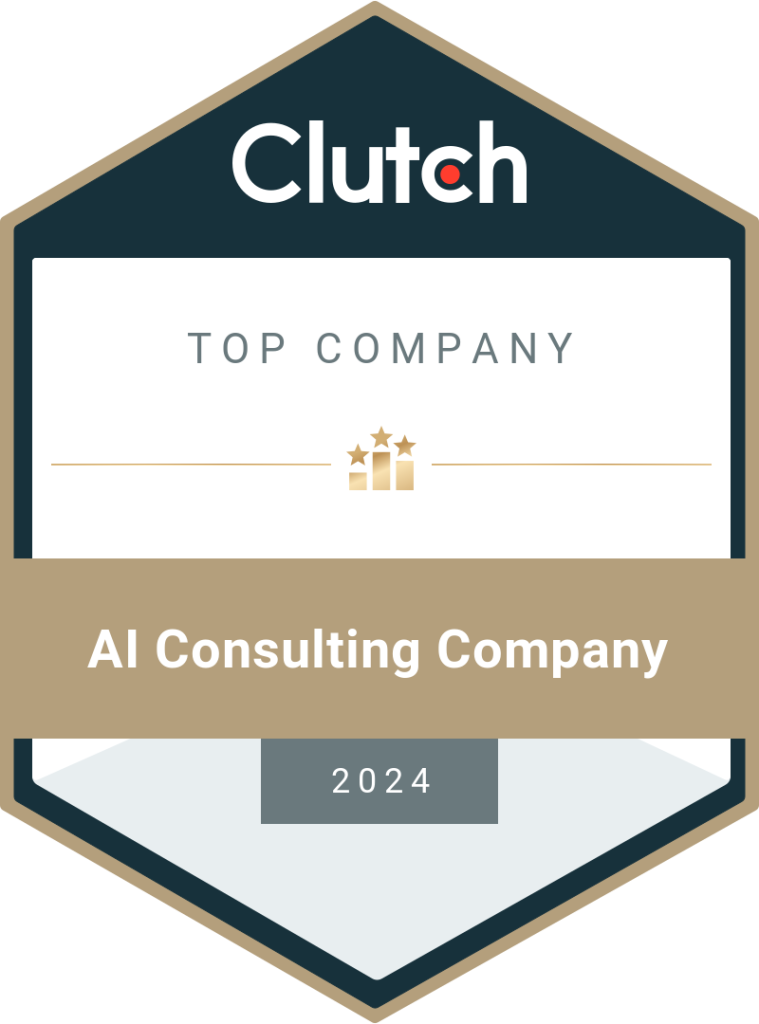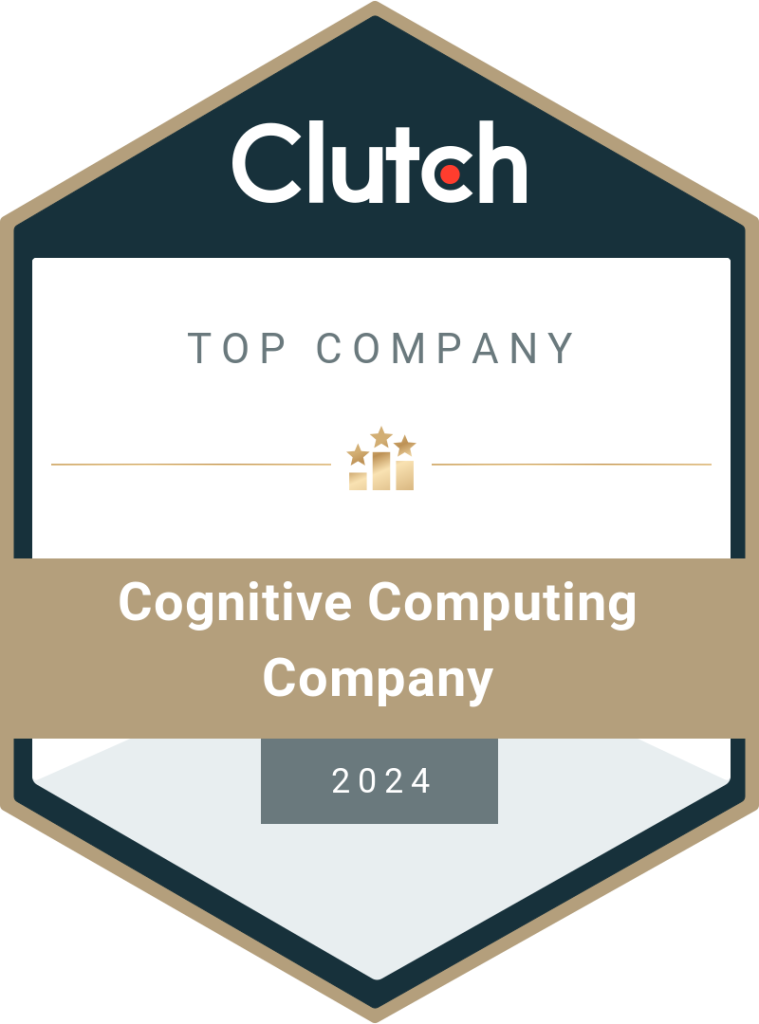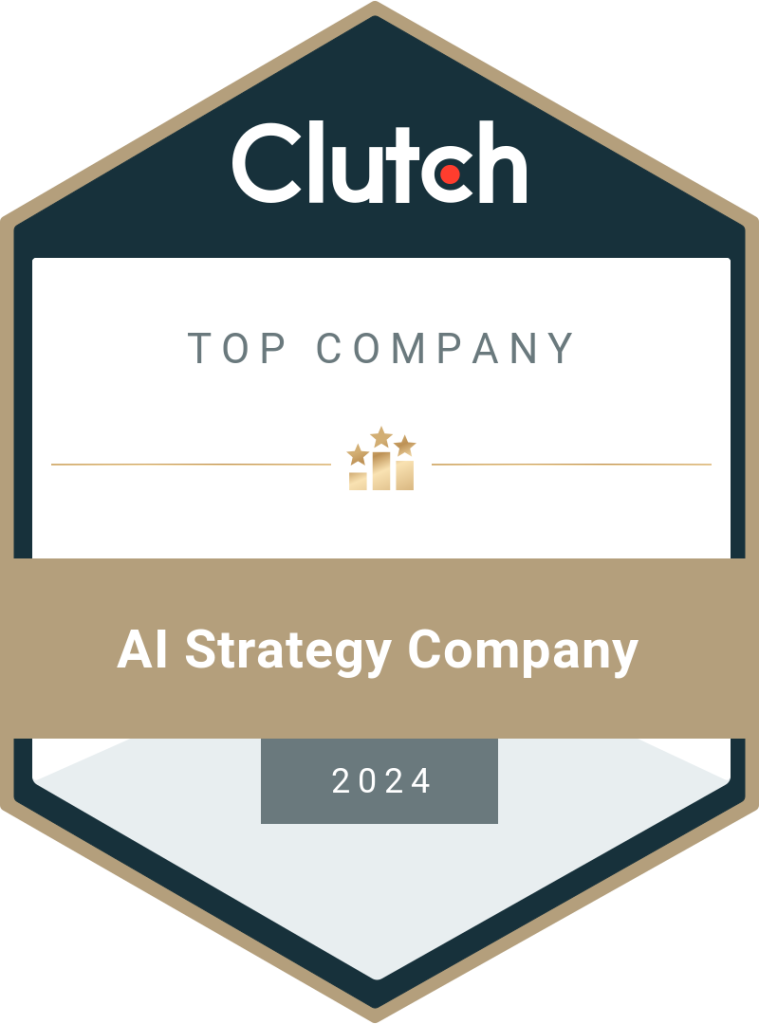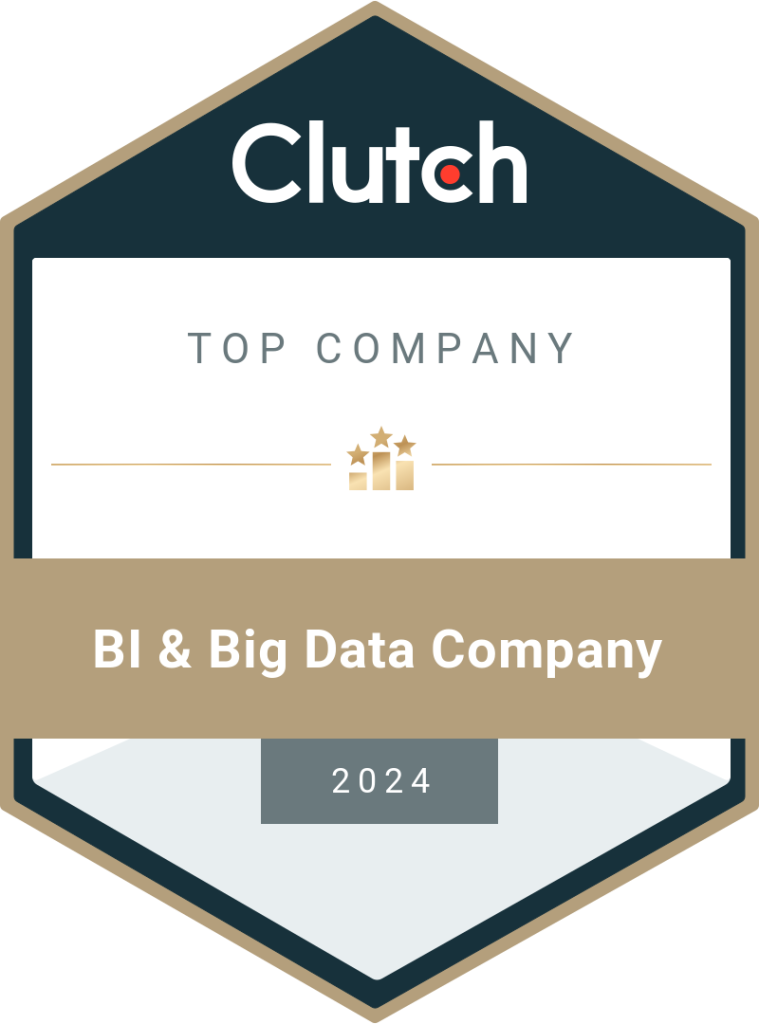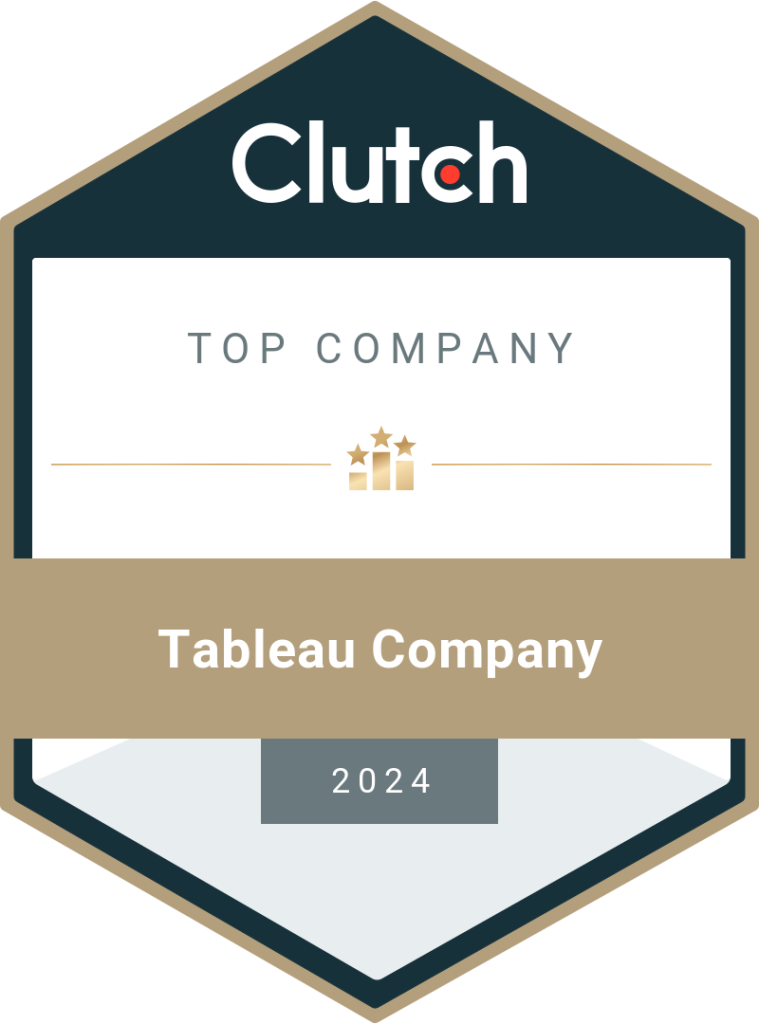12 Great Facts About Analytics for Retail Price Optimization
What is one of the most important factors a retailer should always monitor? It’s the price of products they sell. We all know that the selling price of a product is pre-fixed. But that doesn’t stop some retailers from offering discounts and giveaways. In fact, customers today expect you to offer products at competitive prices. With so many stores mushrooming (online and offline), it has become necessary to have a flexible pricing policy. Guesswork won’t help you in the long run. It is a sure way to end up in losses. Why not give a shot to analytics for retail price optimization? What is Retail Analytics? In simple words, analyzing retail business & customer behavior data to help retailers make better decisions is known as retail analytics. Of course, it is hardly that easy in real life. Retail analytics is the process of using AI tools to collect and analyze historical and real-time data to derive in-depth insights. It allows you to make better decisions based on these insights. This will be a win-win situation for you and your customers. Before we read more about analytics for retail price optimization, let us answer the following questions. These are some key factors that you must consider as a part of your retail analytics. How willing are Customers to Pay for a Product? Also known as price sensitivity, this factor deals with the maximum amount a customer would pay for a product. Unless you know this, you cannot make adjustments to the prices of products you sell in your retail stores. What is the Average Revenue Generated per User? How much does each customer contribute to your revenue each month? Knowing the answer to this question will help you understand who your most valued customers are and which products they are buying. What Makes a Product Famous Among the Customers (Product Value)? It can also be termed as feature value analysis, where you try to identify the most liked and least liked features of a product. Depending on the number of features/ aspects customers like or prefer in a product, they will fix a price for it in their minds. If you set your selling price over that amount, it will affect your sales as they may not wish to pay as much. How do Customer Acquisition Costs and Customer Lifetime Value Affect Your Pricing Decisions? You need to know how much you can invest in a customer. There is no point in running an extensive campaign if the customer doesn’t buy from your retail stores, right? Retail intelligence and analytics for retail price optimization give an insight-based understanding. Here’s how retail analytics can optimize your pricing strategies, streamline your business operations and promotional plans, and help you become a leading retailer in the market. 1. You can Get Immediate Returns on Your Investment Getting faster returns is the dream of every retailer. Who would want to wait for months and years as the interest accumulates and reduces the profit margin? Computer vision solutions for retail allow you to come up with a pricing policy that can be changed in real-time. Each time you adjust your short-term goals, you can tweak the prices accordingly. That too, without worrying whether the customer will pay as much or not. A study by PwC found that 60% of the customers decide whether to buy a product or not solely based on its price. Fixing the price without knowing how things stand could lead to losses instead of increasing ROI. 2. You can Understand Your Customers’ Purchasing Behavior It is eventually up to the customers to buy a product, isn’t it? Even the best discount offers don’t result in sales at times. This could be because- Customers don’t prefer that product The timing of the discount was wrong The offer didn’t reach the target audience How can you make sure such mistakes don’t happen? By using retail analytics to get insights about customers’ purchase behavior and interests. What drivers influence customers to buy a product? The answer to this question can help you optimize the price to increase sales and profits. 3. Automate Your Business Operations to Gain Competitive Edge Who said automation is not meant for retailers? Why spend your precious time calculating and analyzing the market trends, measuring the price changes, and monitoring customer demands? Let technology do it on your behalf. It would also reduce the risk of human error and give you more time to focus on implementing the pricing and promotional strategies. Machine learning algorithms can help automate pricing. It can be integrated with other retail applications you use to streamline your business operations. You can stay up to date with the latest changes in the market (check the next point). 4. Be Ready to React to the Changes in the Market A successful retailer is the one who can make fast and accurate pricing changes in real-time. Effectively managing both offline and online sales is becoming more of a necessity in recent times. When you know that the demand for a product will increase or decrease in the coming days, you can plan your pricing strategies to attract more customers and increase your return on investment. 5. Make Use of the Feedback to Correct Your Pricing Strategies The feedback here comes from the retail analytics software you use. The regular reports generated by the software will tell you whether the current pricing plan is effective or if changes have to be made. Real-time insights are derived from the latest information available. This helps you make quick changes to the prices and adjust them immediately to suit the customers’ demands. Instead of taking feedback through surveys, you can get the required reports from the software. The constant feedback will keep you at the top of your game and ahead of your competition. 6. Support Your Decisions with Processed Data A wrong decision could prove to be very costly for a retailer. While gut feeling cannot be ignored, relying entirely on it is a risky
Read More
